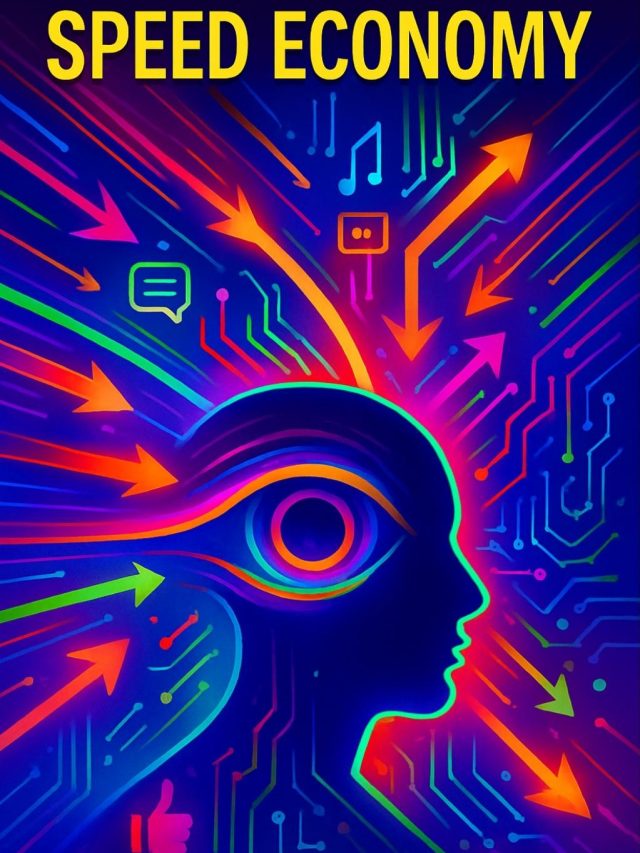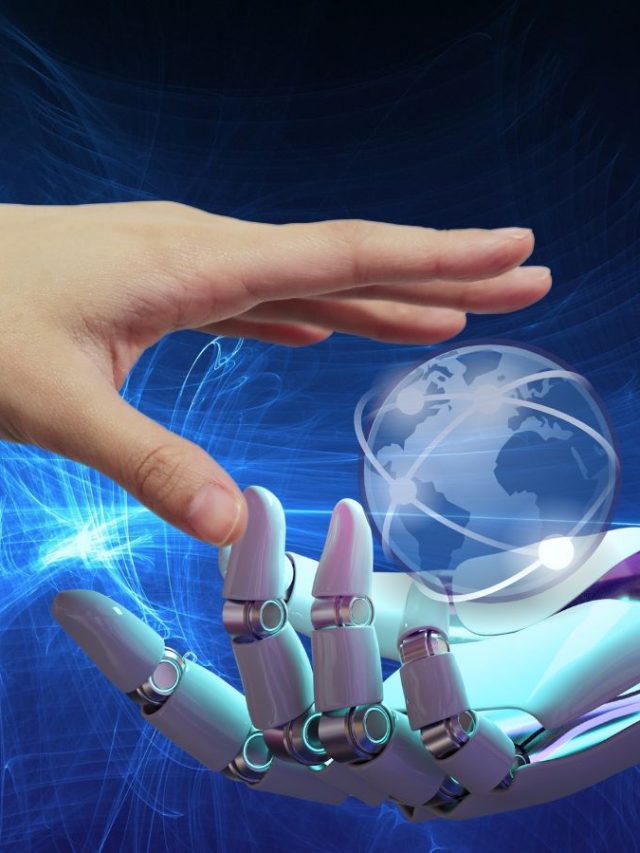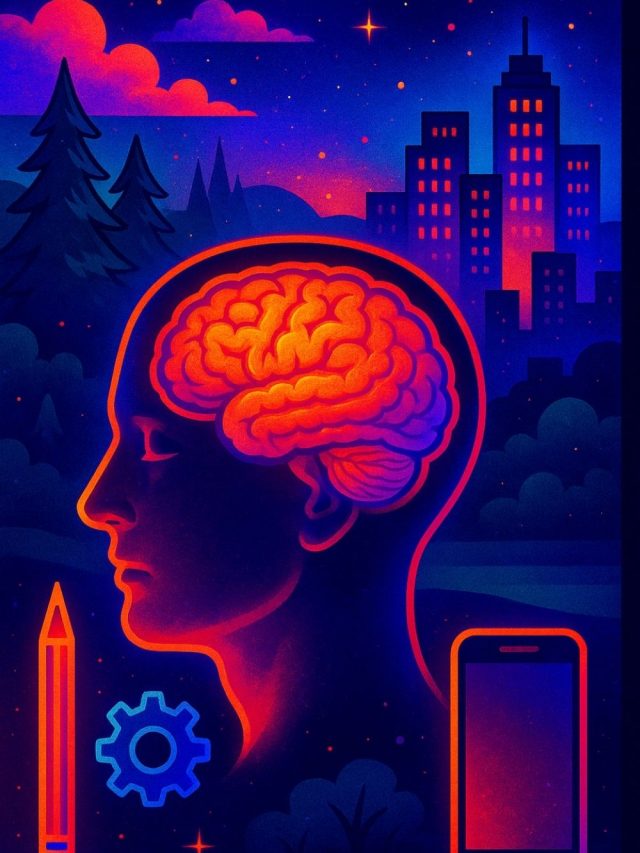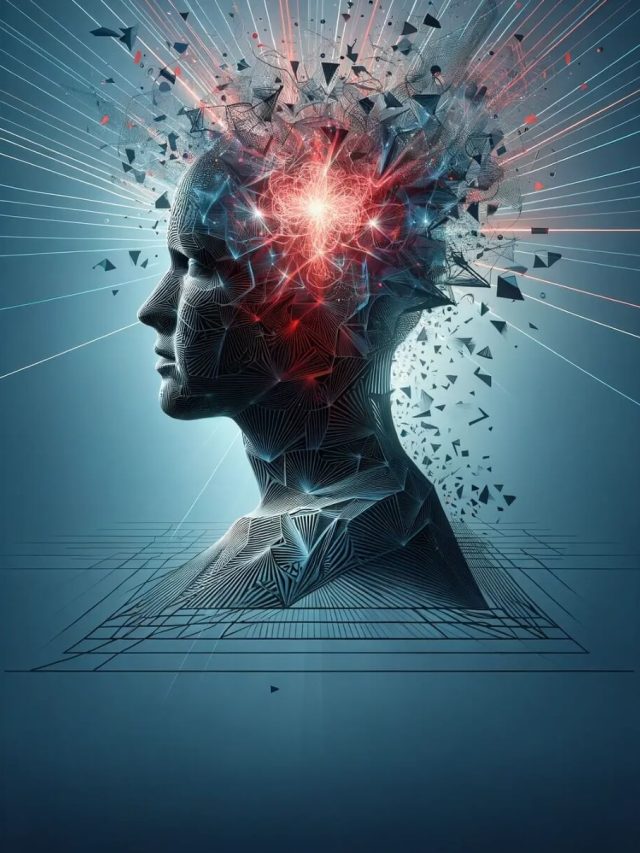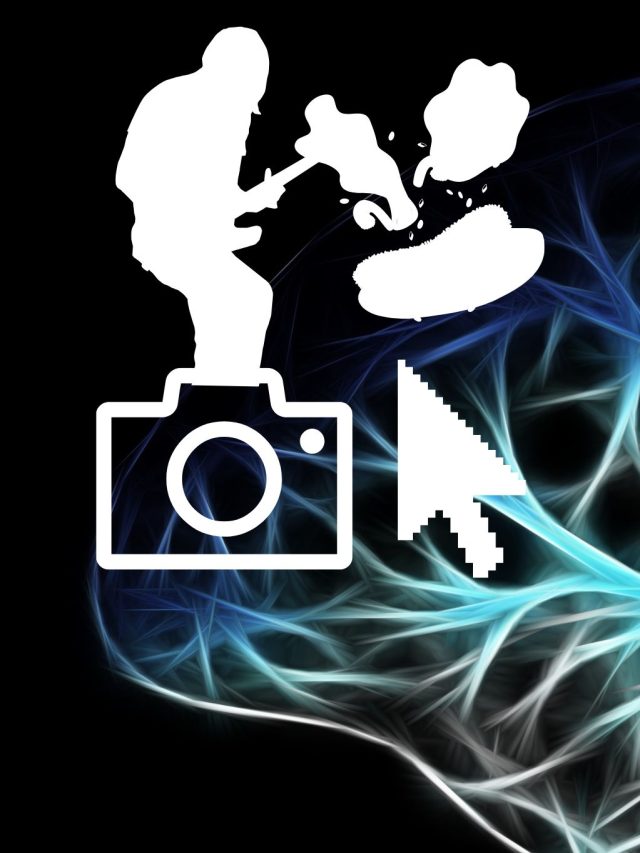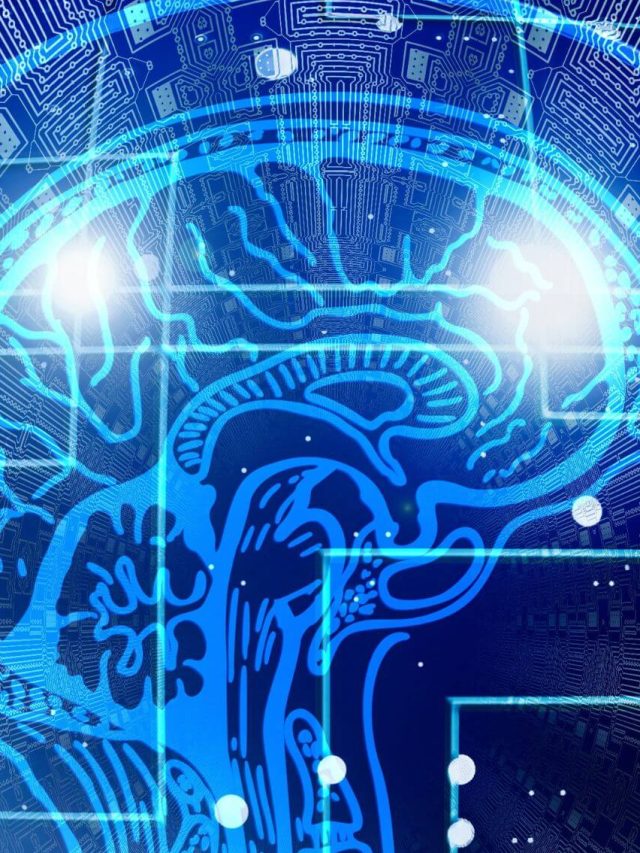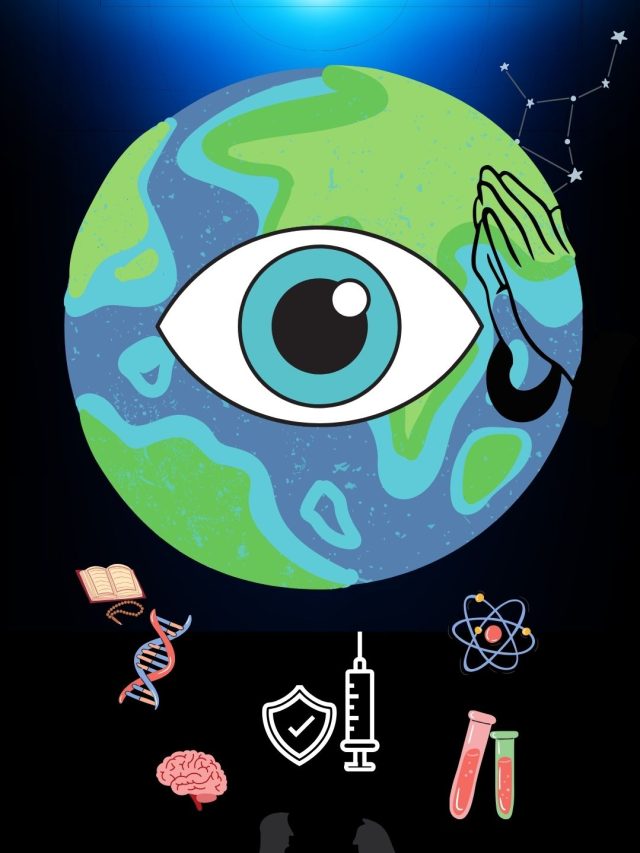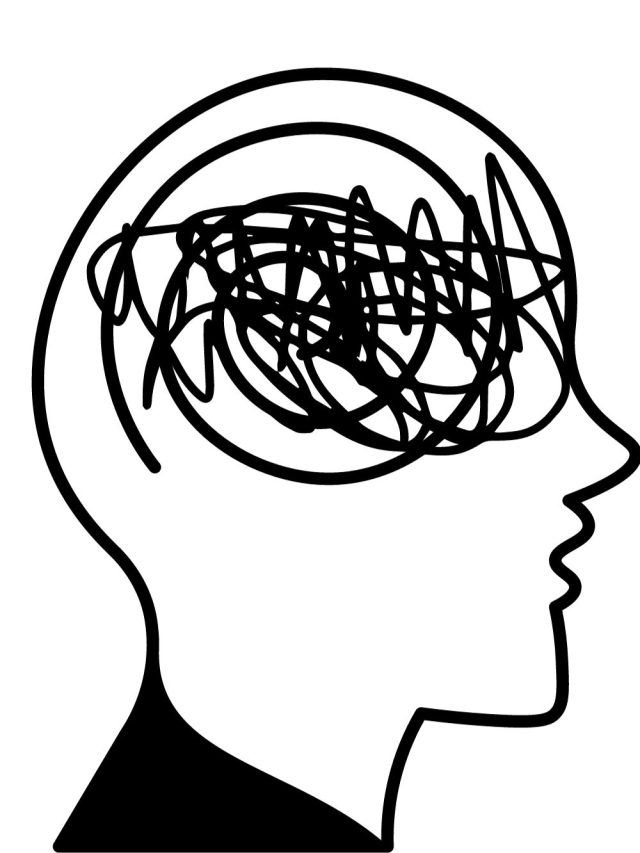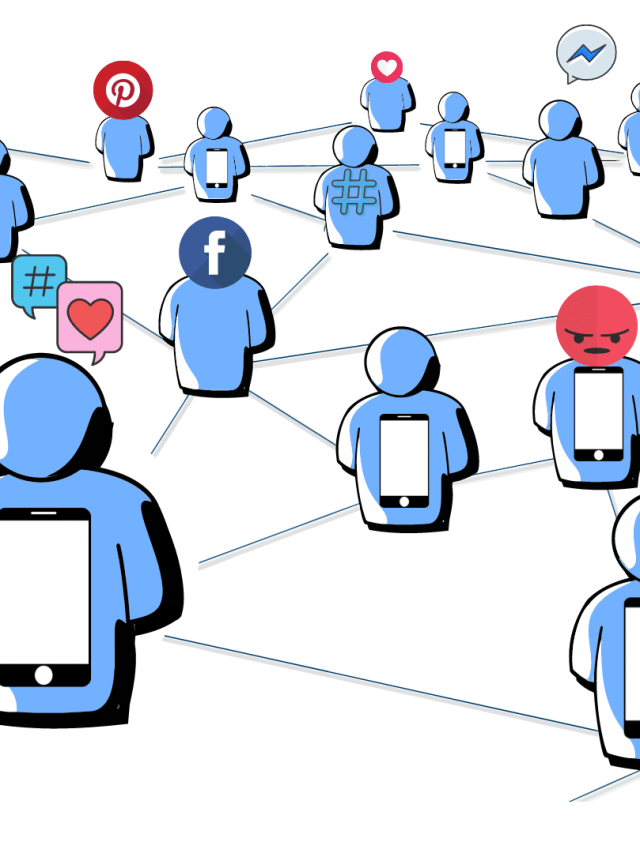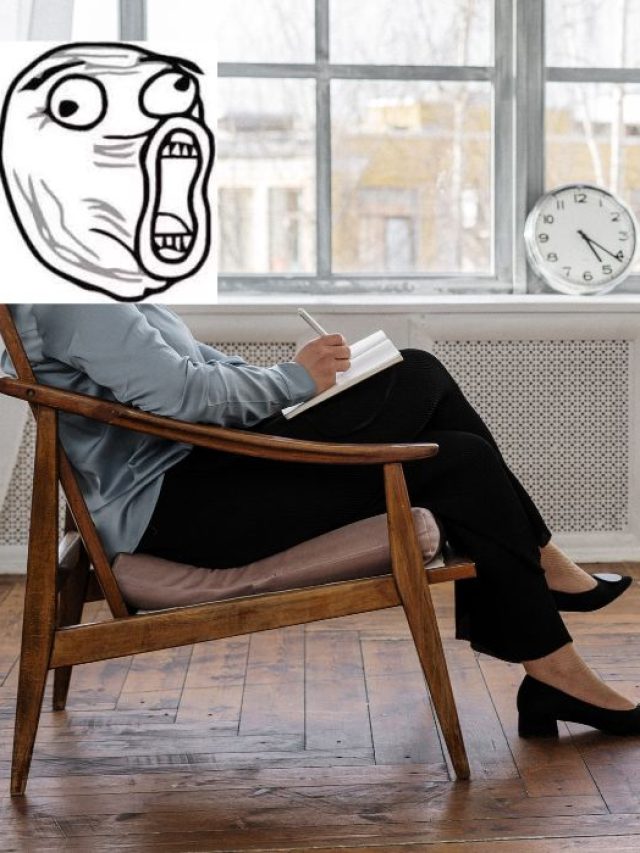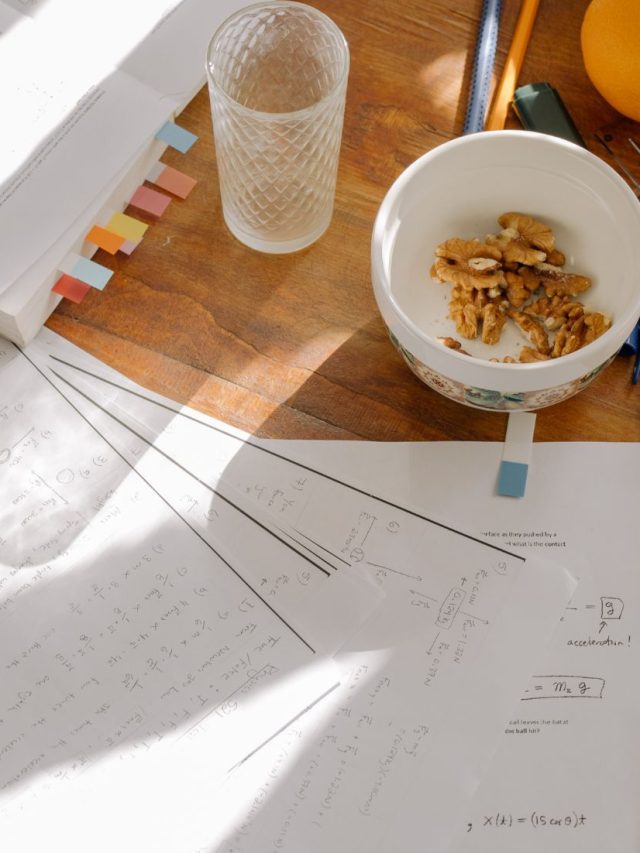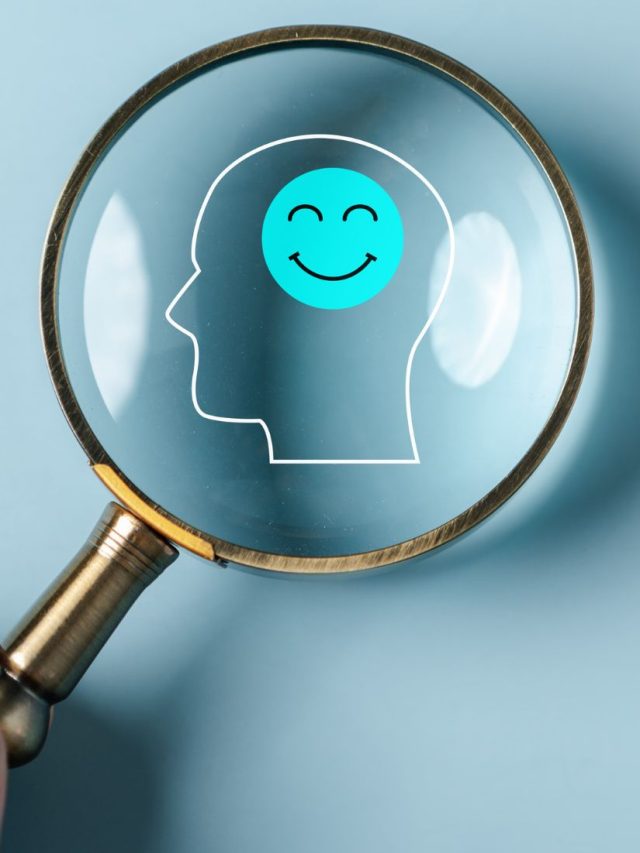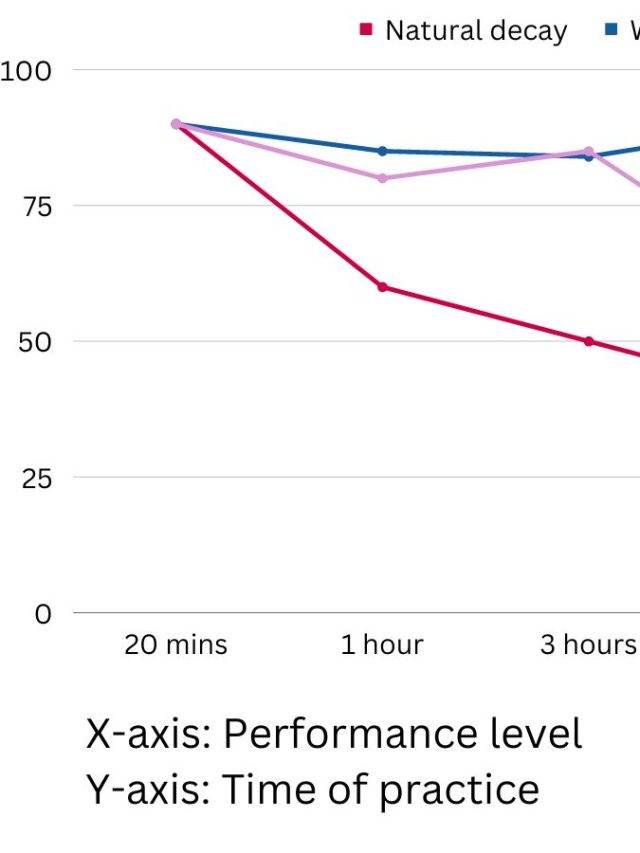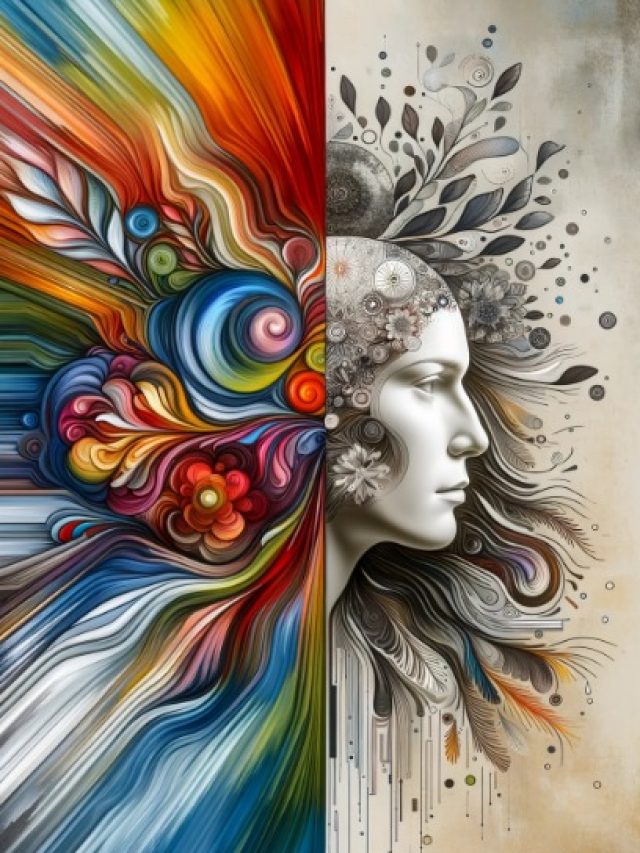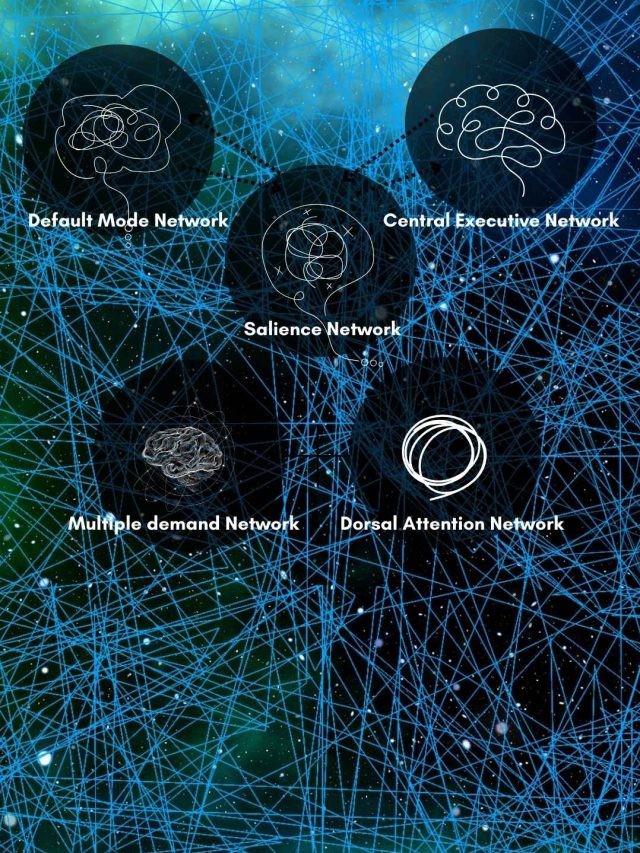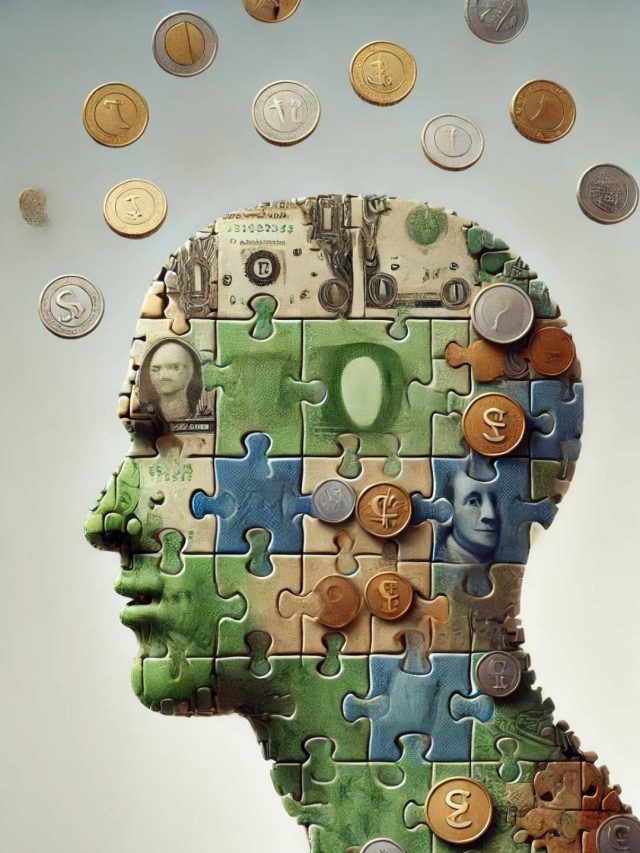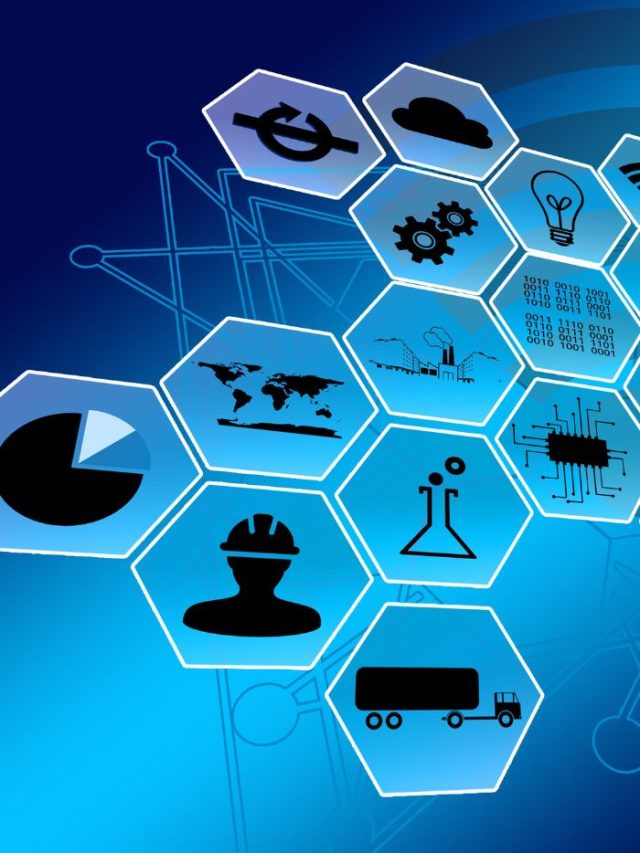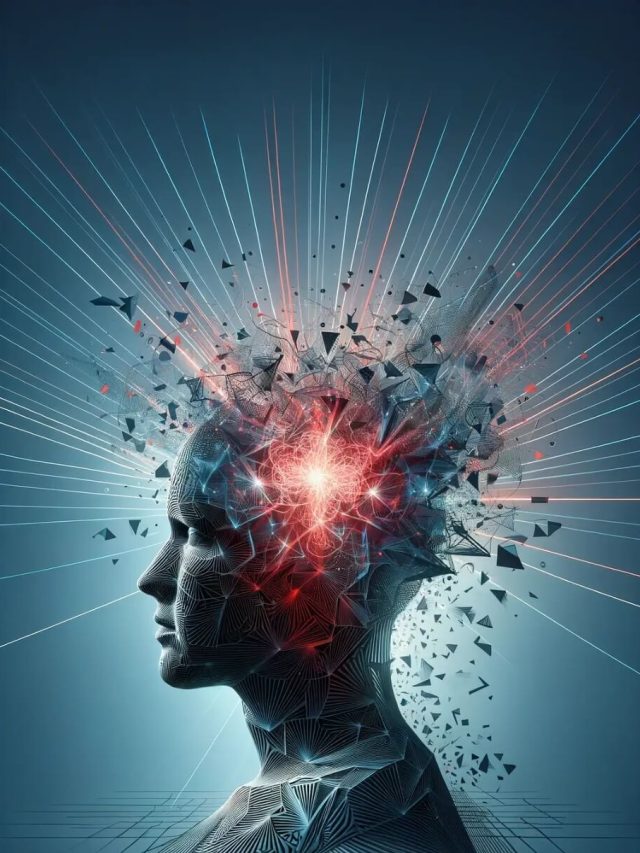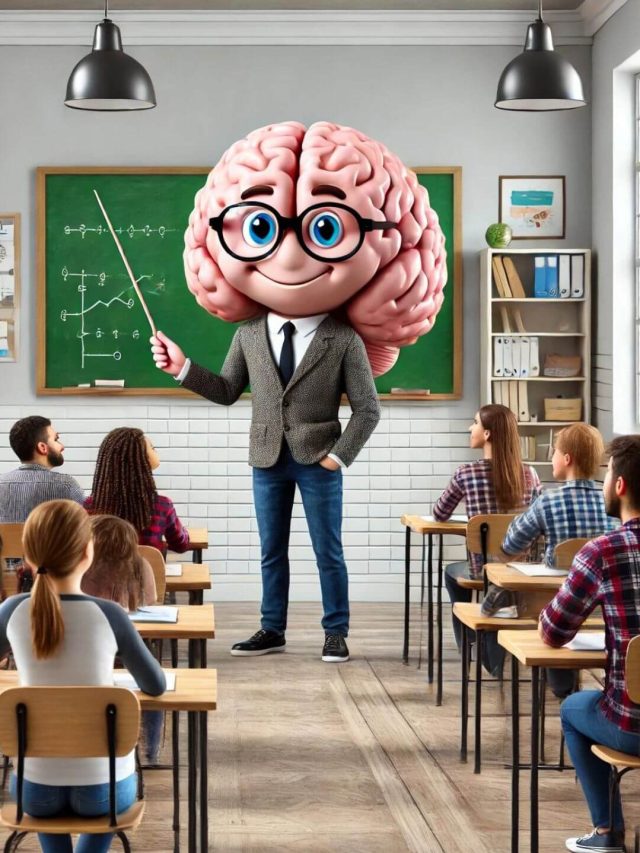How does the brain create ideas??? – Music, text, visual design, reels, adverts, dance, etc.? I’ve consolidated multiple processes into one model. Let’s also dissect how Pixar created Toy Story with this framework. I’ll then describe more alchemy happening in each of our brains while being creative.
The brain follows a simple yet powerful process – it decomposes what we know and then recomposes using that.
The brain is really good at remixing & reshaping everything we absorb. All that cognition remixes and generates our best work… of which some is “creative“.
- TL;DR
- The Decompose-Recompose model of Ideation
- How Pixar created Toy Story according to this framework
- 1. The randomness-induced creativity – 2 unlikely things happen together at random
- 2. Depth of decomposition – your focus zooms in and magnifies the micro-elements
- 3. Diffused thinking – the brain jumps between ideas irrationally
- 4. Brain networks create unpredictable influence through their automated processes
- What can we make of these processes?
- Sources
TL;DR
🔬 The decomposition stage: We break things apart and use tidbits of knowledge we acquire. (the decomposition stage).
➡️ Thoughts & randomness influence/modify some of that.
🏗️ The recomposition stage: We recompose using the “influenced and modified” decomposed units. However, the recomposition takes on a new shape and becomes a new decomposable entity. We can then iterate.
Example
When composing music, you take chunks of what you learn in the form of chords, melodies, and rhythm. Then, combine and reorganize those building blocks, apply some guidelines to it by making decisions, and then compose.
The Decompose-Recompose model of Ideation
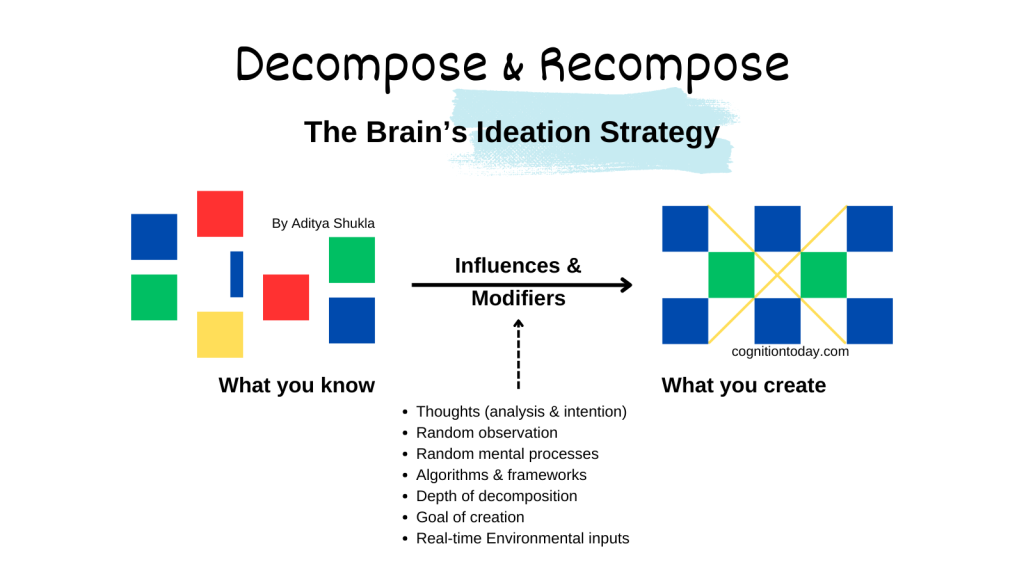
Let’s dissect this chart.
Decompose what you know: You bring your awareness to what you know. This happens in both your memory systems – long-term memory, which holds your knowledge, and working memory, which lets you temporarily focus on a select few pieces of knowledge. Decomposing also happens at a more automatic level (unconsciously) in which your brain “prepares” some information for immediate use based on your past experiences (aka lived experiences). Since information is stored as a network of information that makes a cohesive pattern (called a schema), the brain has to decompose that entire bit of information and isolate relevant bits. This happens automatically, but our brain is very well equipped to bypass limitations – we can think and search for relevant information.
Influencing/Modifying factors: Everything can have an influence on what you’ve perceived and what you want to create. This could be a goal set by your boss, or it could be a dream-like idea that only makes sense to you in your head. These influences can be subtle, too. Like priming effects where someone says something and it sticks in your head in a way you look for similar things. Or it could also be very formulaic like applying a known process to create. Like the dozens of courses on songwriting and copywriting. Or the visual art techniques of how to create anime/Disney style characters.
Recompose what you want to create: This is the process of combining all the tools, techniques, pieces of knowledge, perspectives, personal experiences, etc., based on the goals and intentions you have in mind.
The process is straightforward, but I want to highlight 4 very powerful mechanisms within the “influences & modifiers” path.
How Pixar created Toy Story according to this framework
Decomposition (What they learned & what they know)
- Pixar’s team analyzed how kids play with toys and how toys “come to life” in a child’s imagination.
- They studied classic animated films (Pinocchio, Who Framed Roger Rabbit?)
- Drew inspiration from buddy films like Midnight Run (1988), where two contrasting characters are forced to work together.
Influence/Modification (goals & thinking):
- Steve Jobs, who owned Pixar at the time, pushed for cutting-edge CGI over traditional animation.
- Disney’s expertise in emotional storytelling influenced Pixar’s approach. Emotional storytelling had proven itself.
- John Lasseter, Chief Creative Officer of Pixar, started as an animator at Disney before being fired for pushing CGI animation. He reshaped what could be done creatively.
- The idea of making a cowboy (Woody) vs. astronaut (Buzz) came from seeing how kids mix old and new toys. It’s a contrast of ideas.
Recomposition (creation):
Pixar combined contrasting ideas with new animation styles and applied the idea of life to toys in a simple childhood idea: What if toys had their own world when we weren’t looking?
1. The randomness-induced creativity – 2 unlikely things happen together at random
When random things in your environment connect with random ideas or other random objects, your brain suddenly changes perspectives and sees something new and interesting. The brain essentially captures 2 things which are unlikely to be together when it happens randomly. That snapshot of an association is the “core” creative element.
This is a great way to stumble upon creative ideas. For this to happen, you need to spend time doing a lot of things in many different contexts. Even a messy room can spark creative ideas because the mess brings random objects close to each other. You may find an exciting dress combination just because 2 random clothing items were together in a mess. These are called “chance configurations[1],” where things spark creative ideas by coming close to each other purely by chance.
2. Depth of decomposition – your focus zooms in and magnifies the micro-elements
How deeply a person analyzes a given idea (from your past knowledge or newly presented) affects the direction of creativity. This phenomenon is called the “construal level“. Every person can think about an idea at multiple levels of Zoom. A highly zoomed-in level tends to focus on key details. A lack of zoom allows us to see the big picture. Any level of zoom tends to bring a specific set of ideas into perspective. Consider a photo of a family. If you zoom in a lot, an observer will think more about everyone’s faces. If you zoom out, an observer could look at the background and everyone’s clothes. This construal level essentially tells us how “deeply” we are decomposing.
3. Diffused thinking – the brain jumps between ideas irrationally
The brain has 2 deliberate modes of attention in the context of creative thinking – focused and diffused attention[2]. Creative thinking usually occurs during a diffused mode because it triggers changes in construal levels, changes perspectives, and activates different memory associations. Essentially[3], creativity occurs when we link unrelated/unexpected ideas. A focused thinking session is concentrating but diffused thinking is orthogonal to it.
So how do you activate diffused thinking? A diffused thinking session is exploring with or without curiosity. It is triggered when you start connecting faraway ideas and jumping between unrelated concepts/ideas by disobeying rules and purposefully rejecting the obvious. This mode is the opposite of thinking in a structured, algorithmic way. Don’t keep a goal or method for your thinking. Diffused thinking also involves quickly paying attention to unexpected bits of information that can update the creative thinking process.
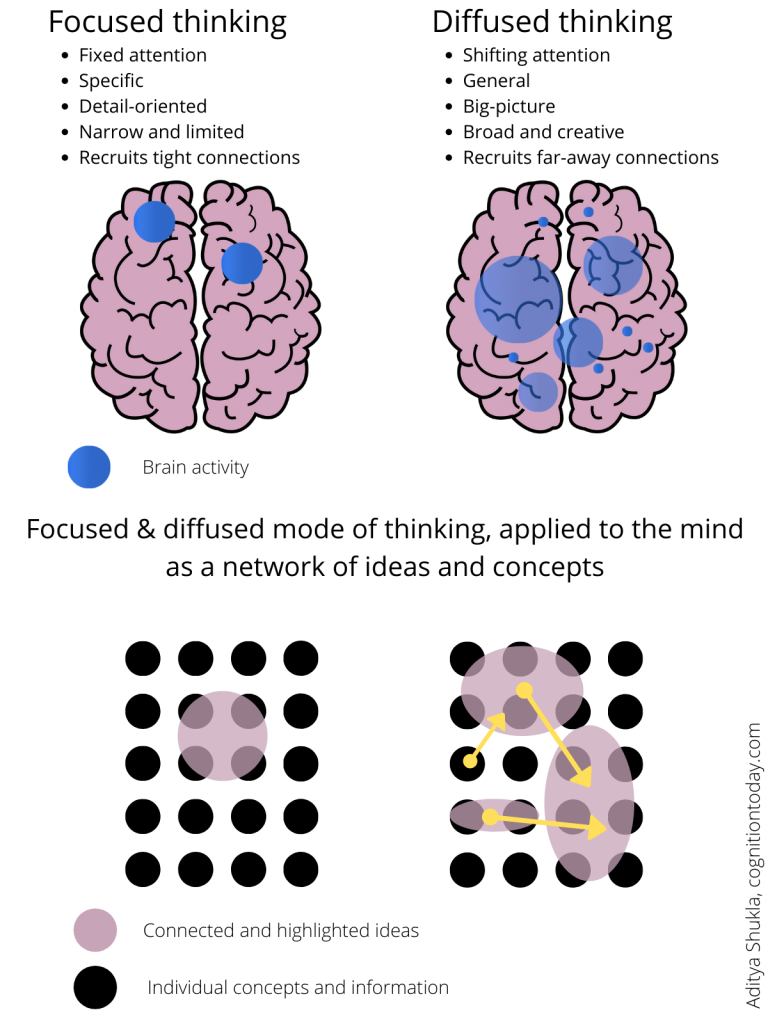
4. Brain networks create unpredictable influence through their automated processes
New research shows[4] that real-world creativity is an interplay between the Central Executive network and the Default Mode network.
The default-mode network – random influences
The DMN is highly active when our attention is not engaged in a task[5], or we are sitting idle or mindlessly doing some activity without focusing on the outside world. During that high activity, the brain is re-configuring and accessing little pieces of personally relevant information stored across the brain (autobiographical memory). Through random activity of this mode, the brain pulls out random thoughts and triggers mind-wandering. Occasionally, your to-do list also pops up. And quite often, a creative insight emerges along with some unexpected perspectives. This mode, in high activity, is needed for the brain to digest and incubate things you are working on. A lot of good ideas emerge when this mode is on.
The DMN activity dramatically reduces when we are engaged in a task. The brain suppresses it and increases resources to deal with the task at hand. For the DMN, high and low activity has productivity benefits, so being constantly engaged in a task, or never being engaged doesn’t leverage the dual benefits of this mode.
When a person is engaged in a routine or mundane task, the DMN activity is high, and it becomes the birthplace of unexpected productivity.
Central Executive Network – purposeful influences
The CEN works opposite to the DMN. It is activated when a person gets goal-directed toward some thought process[6] that requires attention – like active thinking, evaluating and analyzing, decision-making, etc. Since productivity requires thinking, this mode is essential. An important aspect of the CEN is recalling memories like instructions, problem-solving techniques, domain knowledge, etc. while working. The core of human cognition is considered to emerge from this network.
The way to leverage this network is to set some time aside to think about your work before you begin. So, you need to plan, mentally rehearse, make crude decisions, and bring attention to the knowledge in your domain.
What can we make of these processes?
Decomposing knowledge and recomposing using current influences and goals helps in innovation and brainstorming sessions. When people bring ideas forward, it is possible to build on them, iterate, and improve if we can highlight information in a purposeful, goal-directed way, but the direction of innovation can seemingly feel random because a lot of the processes involved are not directly under our conscious control.
Since they guide our individual creative insights too, using the decompose-recompose strategy can be a formula to think. If the decompose-recompose strategy is used and we let all of the internal “influencing” factors play out, our brain becomes conducive to ideation.
Here’s your formula:
- Isolate your knowledge into relevant ideas (decomposition)
- Access different ideas at different levels of zoom (depth of decomposition)
- Let the brain add its uncontrollable influences (the DMN, the CEN, the diffused mode, and chance configurations)
- Remix ideas after your brain influences the decomposed ideas (recomposition)
Sources
[2]: https://www.sciencedirect.com/science/article/pii/S1053811920300227
[3]: https://www.sciencedirect.com/science/article/abs/pii/S0191886902001046
[4]: https://www.nature.com/articles/s42003-025-07470-9
[5]: https://www.annualreviews.org/content/journals/10.1146/annurev-neuro-071013-014030
[6]: https://www.jneurosci.org/content/27/9/2349.short

Hey! Thank you for reading; hope you enjoyed the article. I run Cognition Today to capture some of the most fascinating mechanisms that guide our lives. My content here is referenced and featured in NY Times, Forbes, CNET, and Entrepreneur, and many other books & research papers.
I’m am a psychology SME consultant in EdTech with a focus on AI cognition and Behavioral Engineering. I’m affiliated to myelin, an EdTech company in India as well.
I’ve studied at NIMHANS Bangalore (positive psychology), Savitribai Phule Pune University (clinical psychology), Fergusson College (BA psych), and affiliated with IIM Ahmedabad (marketing psychology). I’m currently studying Korean at Seoul National University.
I’m based in Pune, India but living in Seoul, S. Korea. Love Sci-fi, horror media; Love rock, metal, synthwave, and K-pop music; can’t whistle; can play 2 guitars at a time.


